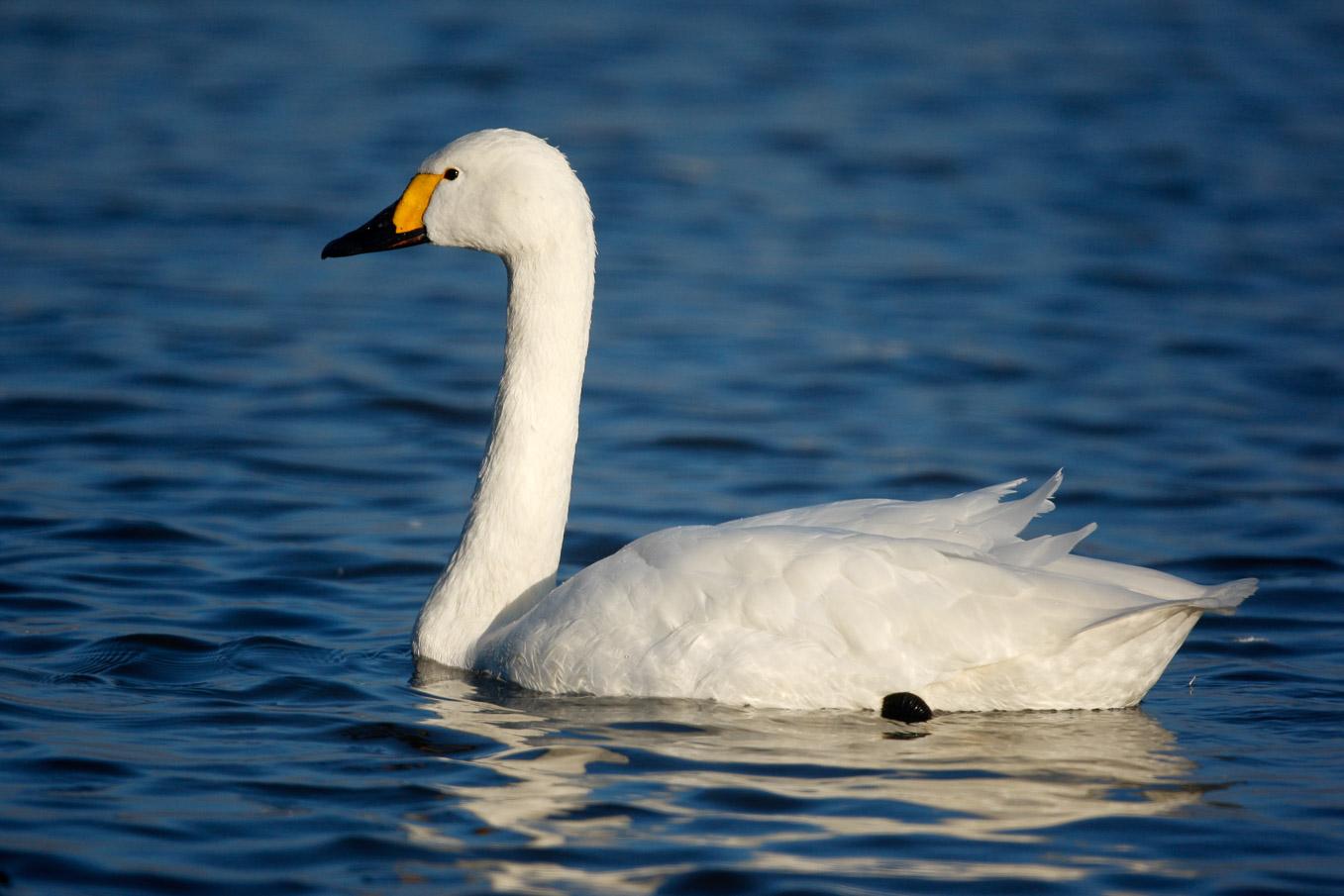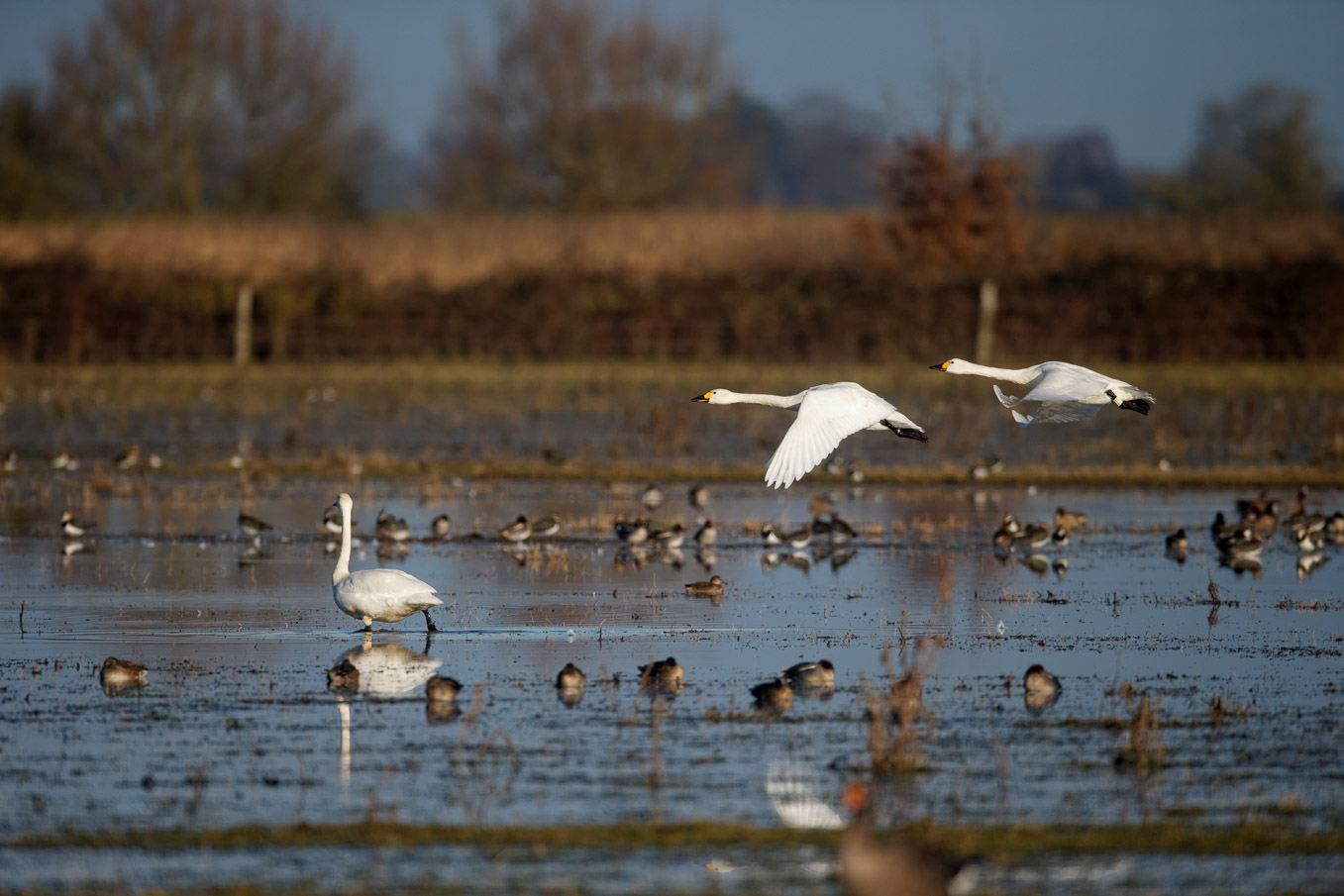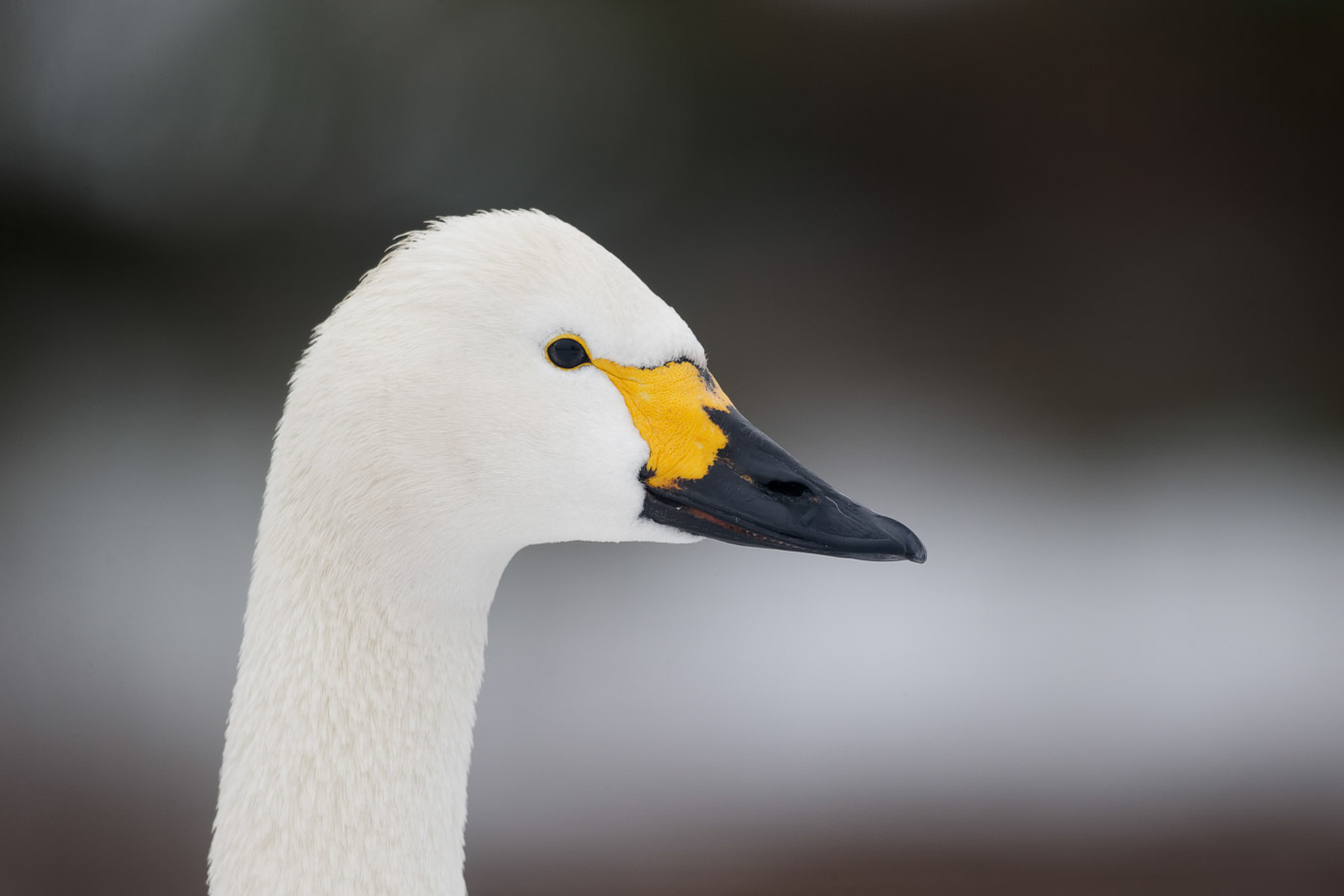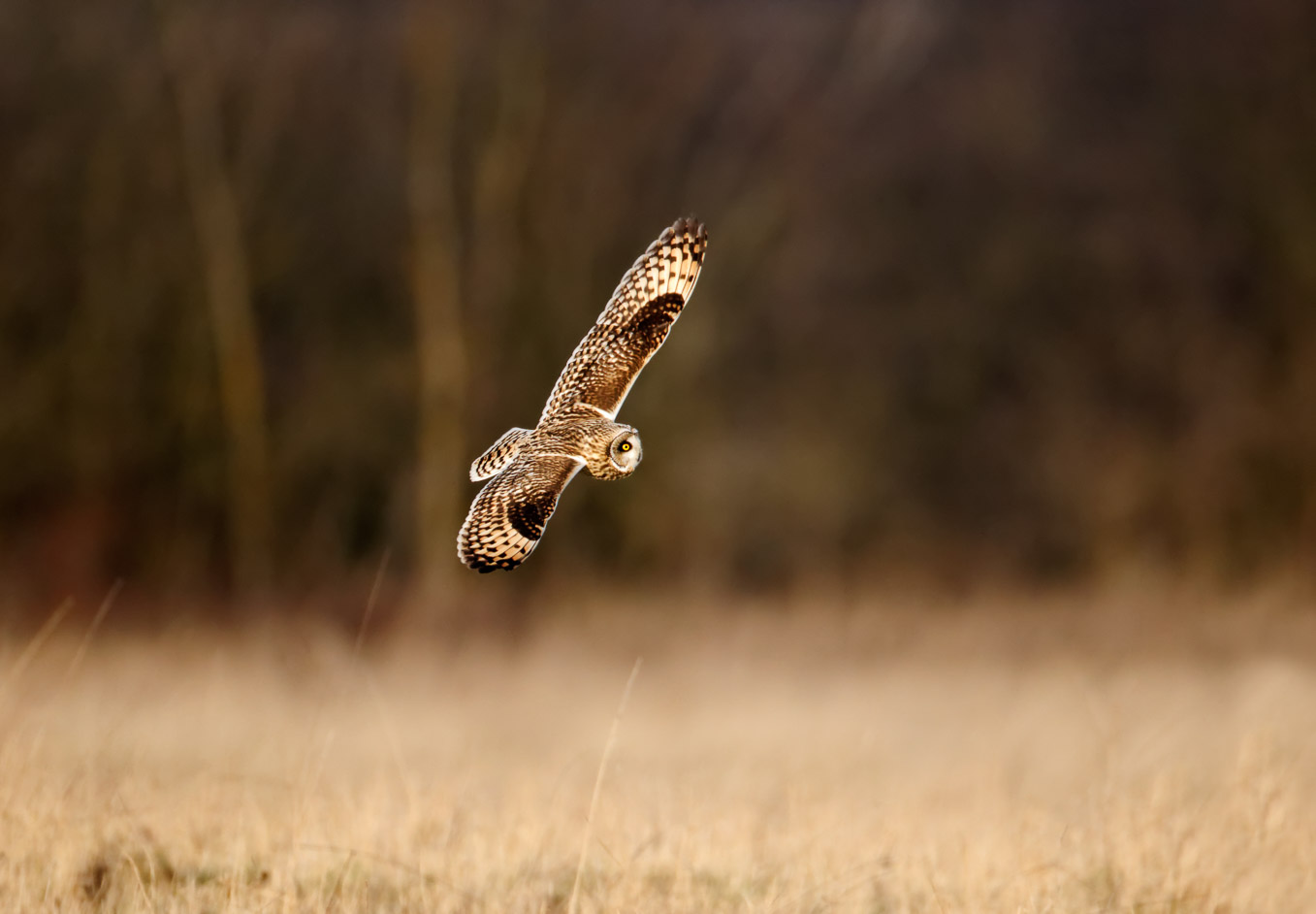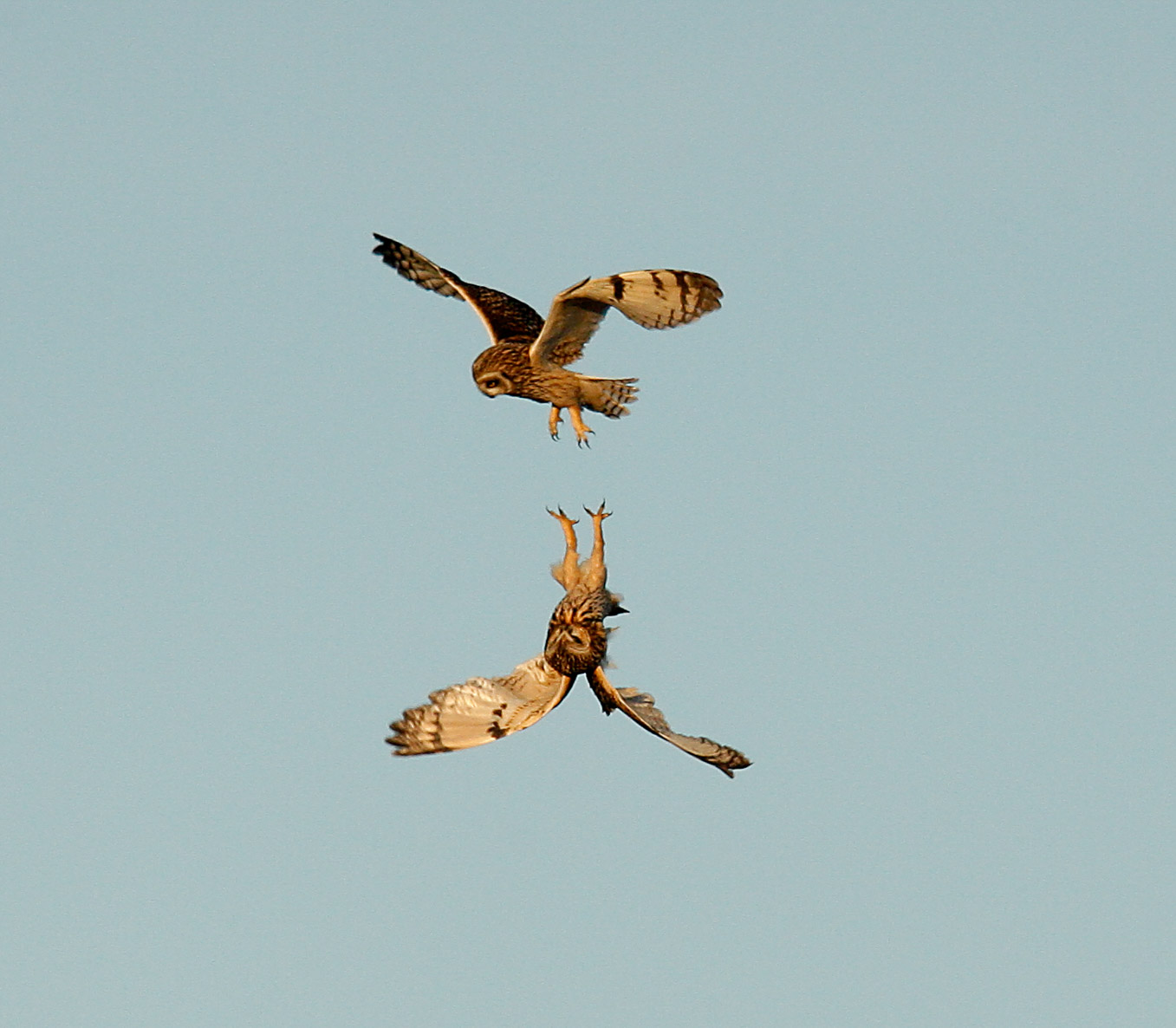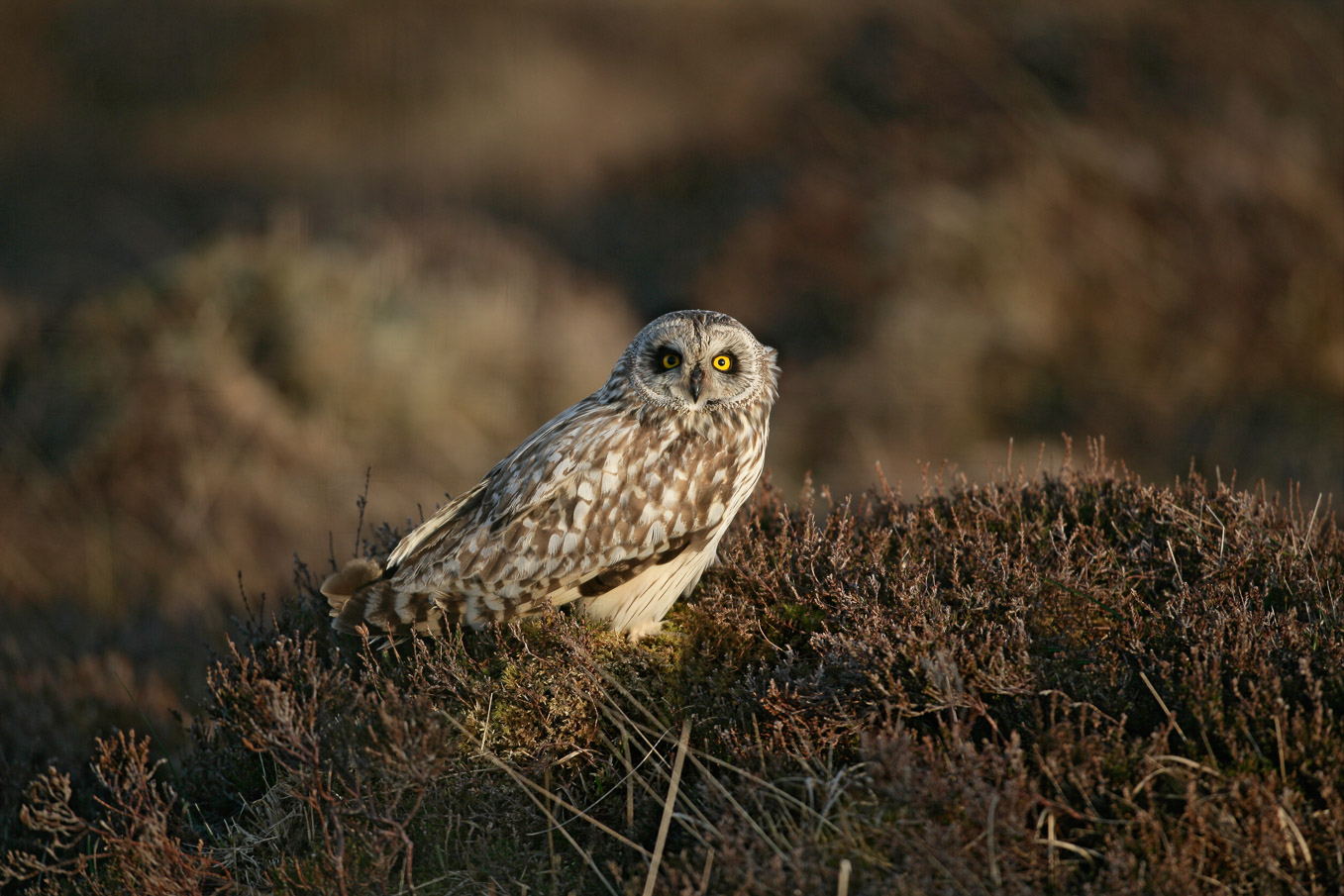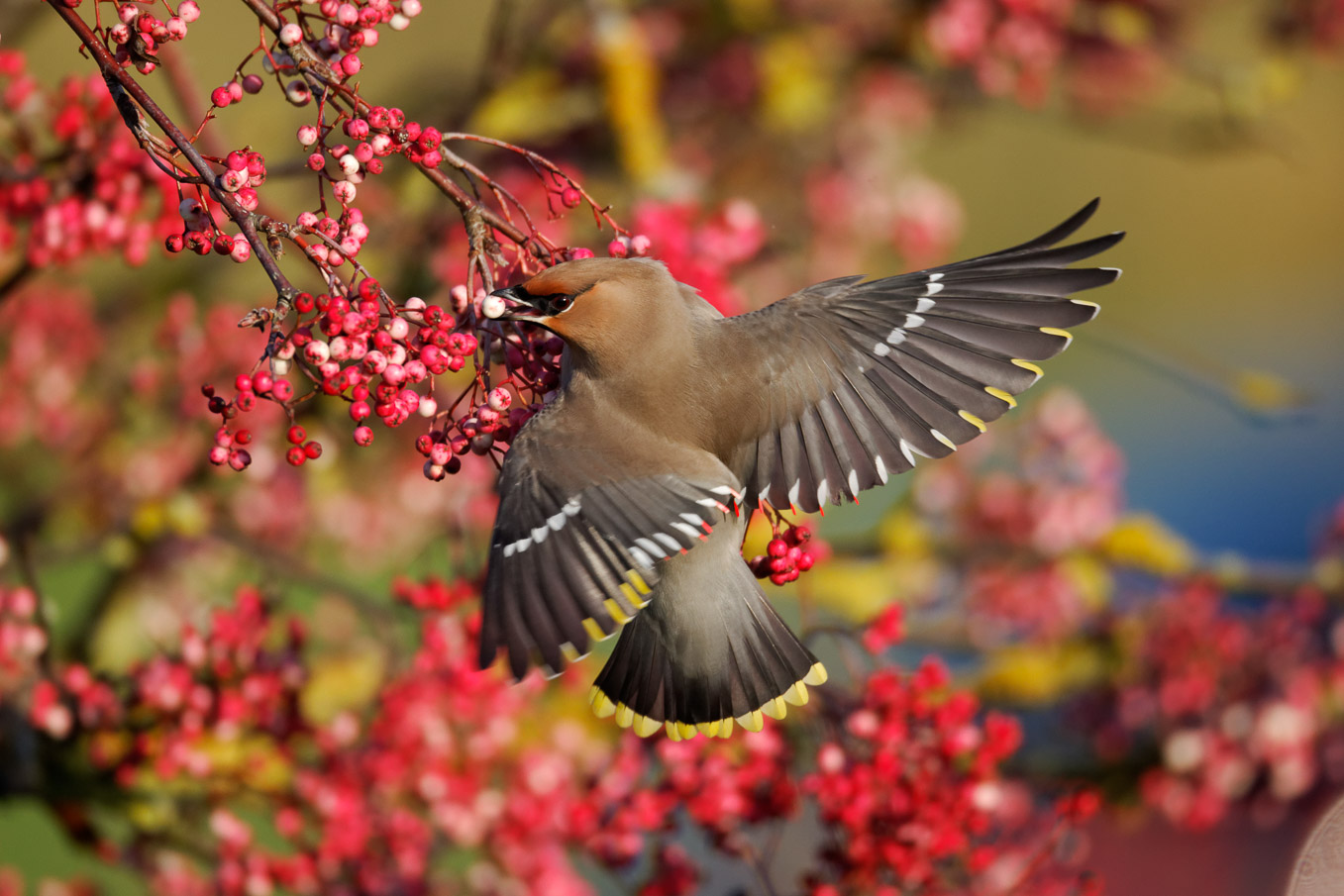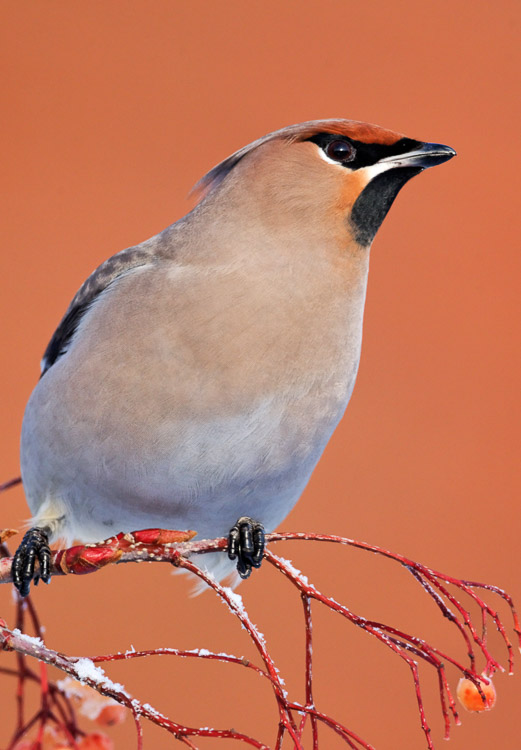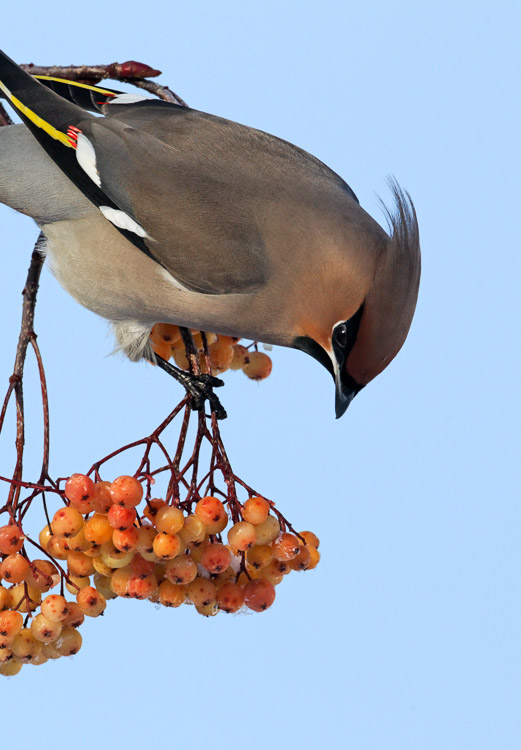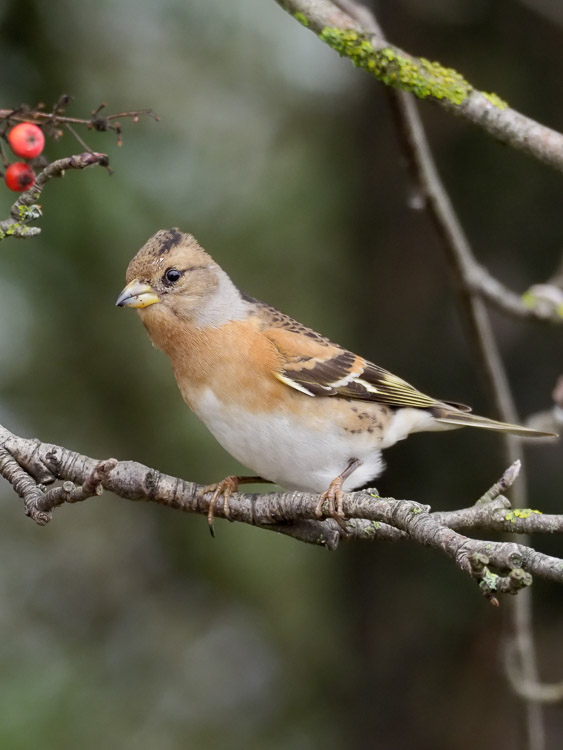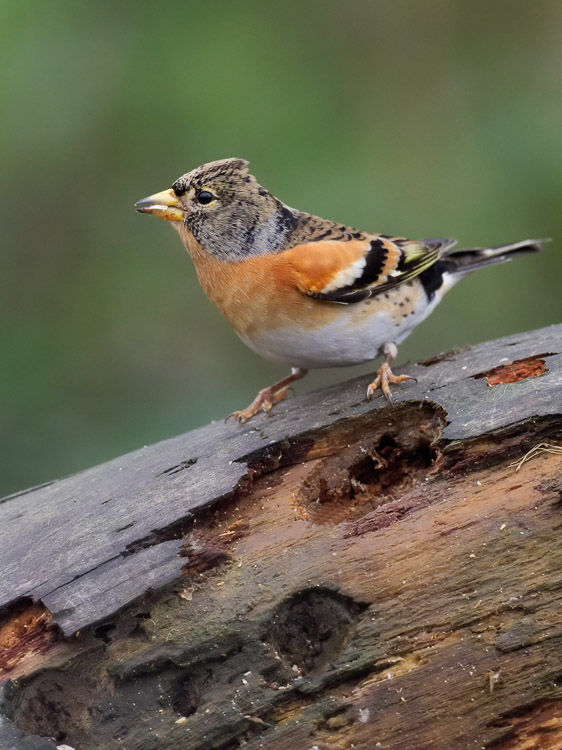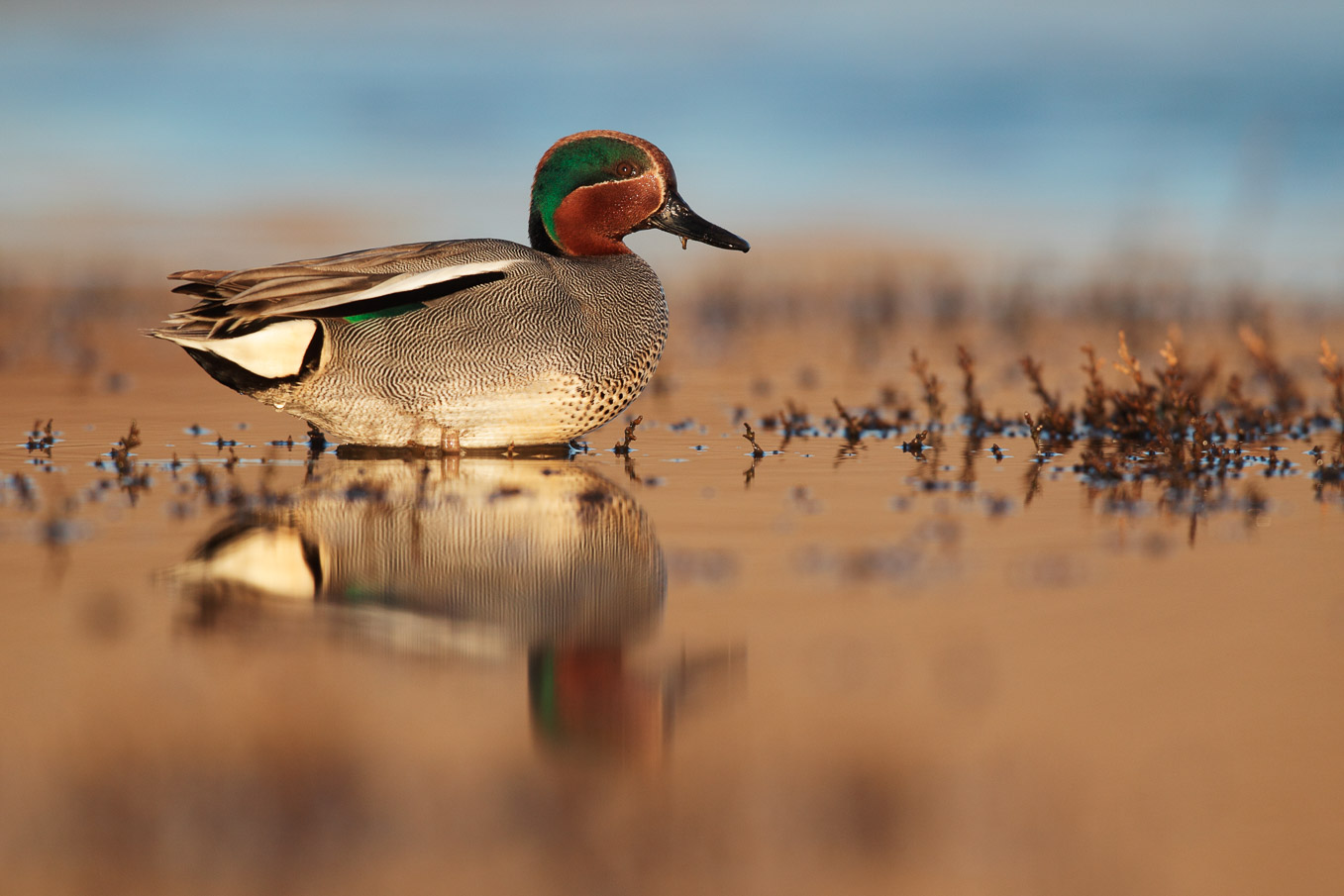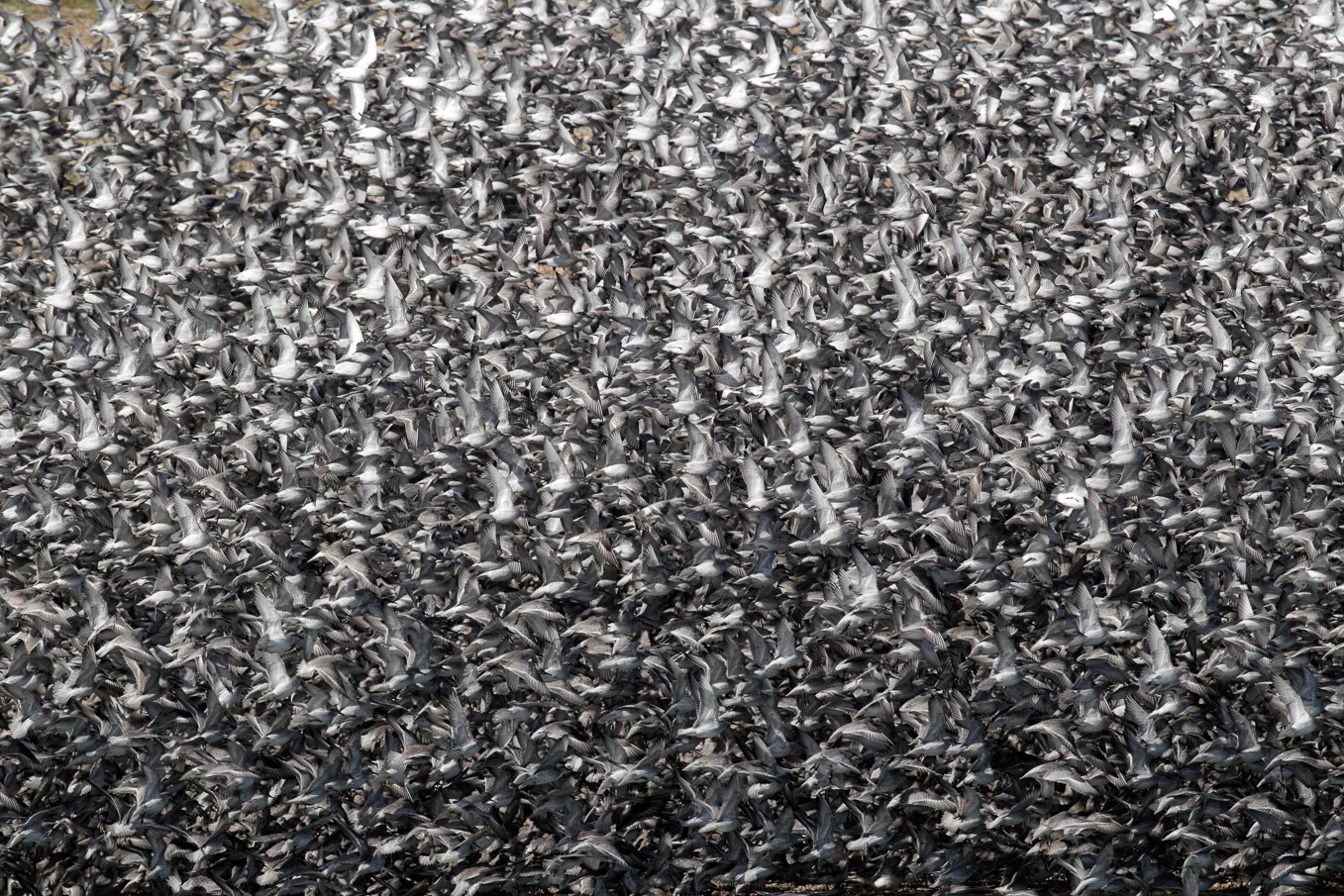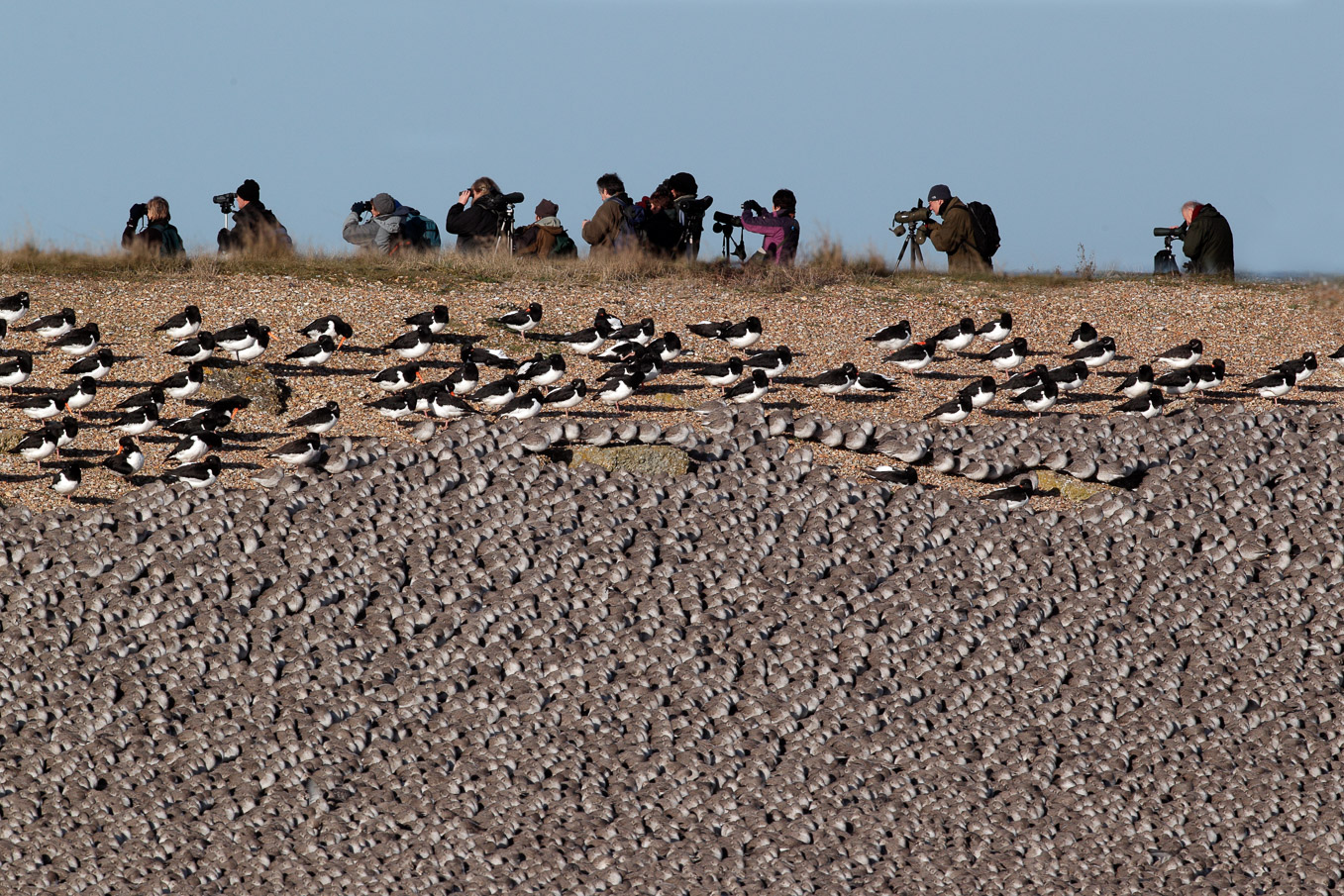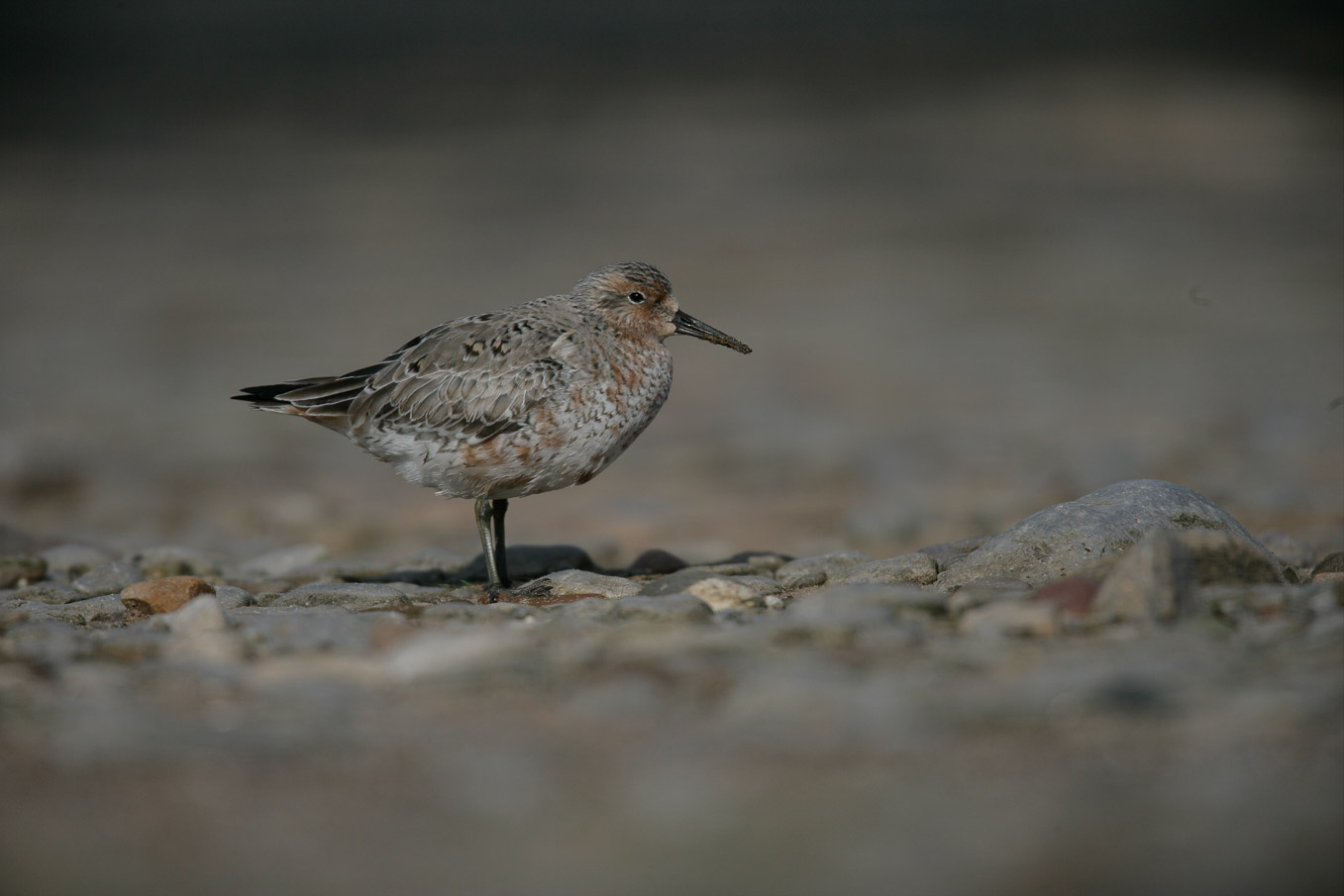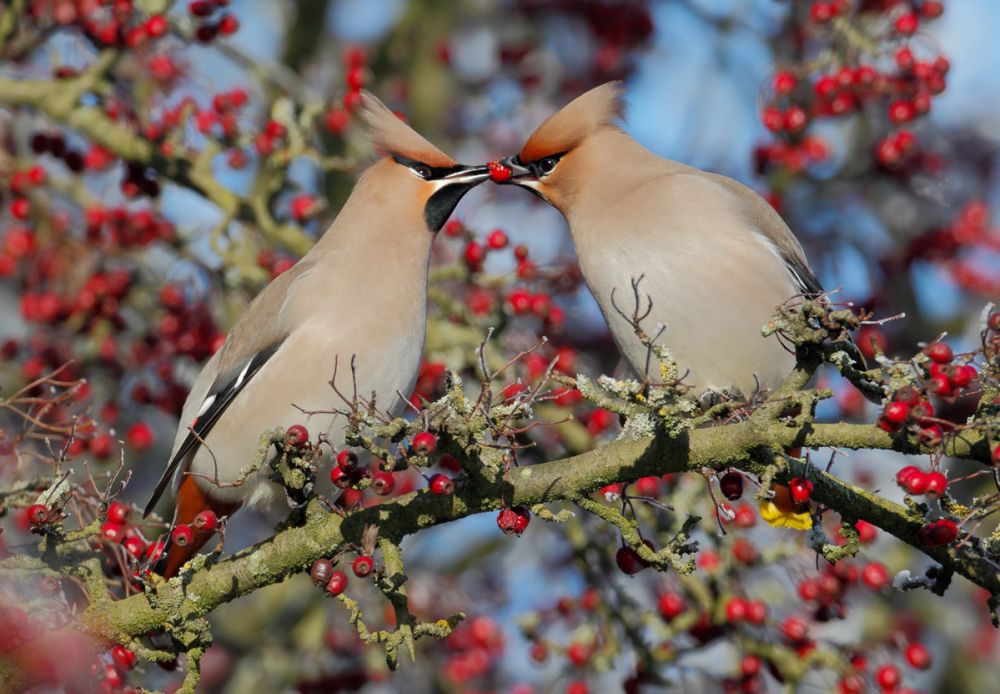
Six great birds to find this winter
As a winter challenge, wildlife photographer Mike Lane describes where to find six of the best birds of the season.
As we move into winter the butterflies, wildflowers and many birds will have disappeared from the British countryside and wildlife seems more limited. Despite the short cold days though this is the best time to connect with many species some of which are only here for the winter months. As a starter here are six birds that naturalists and photographers should get out to see.
Bewick’s Swan
Although this winter visitor may turn up in a variety of locations, Slimbridge WWT reserve in Gloucestershire is the most reliable for close-up photography from November to January. The best hides are the Robbie Garnett and New Pen Hides.
The Robbie Garnett Hide is the better of the two. The birds fly past frequently all day and often land and take off in front of the hide. Ripples on the water will indicate the direction of the wind and the birds will always land and take off into the wind. It is surprising how much a slight breeze will slow birds down, making flight shots much easier in one direction. Members of the WWT, if they carry their membership card, may enter the hides before opening time and benefit from the early morning light. A side gate is opened at 08:15. (note: during the Covid restrictions visitors must book in advance of a visit to Slimbridge)
The head shot below is almost certainly captive, although it is not always possible to be certain at Slimbridge as wild and captive birds intermingle.
The WWT reserve at Welney in Norfolk can also be good for Bewick’s swans photography, although not as easy as at Slimbridge. The hides are high above the water, which gives a poor angle for photography, but still works well for flight shots. It may be possible to pay extra to access a hide underneath the main observatory, which is lower down to the water and more suitable for photography. This should be arranged by phone in advance.
Short-eared Owl
In some winters there are large influxes of these birds into the U.K. and they give photographers plenty of opportunity. This is a list of the most reliable sites, but there are many more. Mornings and evenings are when the owls are most active, but on windy days they are less keen to fly. Ideally at each site you should stay in your car, but if not possible stand against a tree or bush so you do not stand out.
In Gloucestershire from the village of Aust head down the lane to Old Passage west of the A403. This quiet lane runs adjacent to the River Severn known as Aust Warth. The owls fly close by the road over rough grassland and land on the various logs in the field.
In Northamptonshire head into Maidwell on the A508 from the north and take a right hand turn to Blueberry Lodge where you can park and walk along the bridleway through many small fields. In a good winter the owls are numerous. Also from the A508 carry on south to Hanging Houghton and turn right through the village. This road turns into a dirt track which you can drive along. The owls are on the right of this track. During the afternoon there will be many other photographers here in good owl years.
Parkgate Marsh in Cheshire can be good on a high tide. There used to be opportunity at the Mercury Industrial Estate in Kinmel Bay in Conway. The car can be used as a hide here, but recent years have not been so productive.
On North Uist in the Hebrides the Committee Road crosses the moorland and often has Short- eared owls hunting during the day in the spring and summer. It is one of the best places to see this bird in moorland habitat. There are many places where you can pull up in the car and work from the window.
Waxwing
This used to be an unusual winter visitor, but is much more common today and very popular with bird watchers and photographers. The BirdGuides website and other local birdwatching blogs will reveal when they are about in your area. This will often be in retail parks, industrial or housing estates where trees such as Rowan are planted and yield the red berries that they love.
They are very trusting birds and return repeatedly to the same tree to feed until they have stripped it bare, which may take several days. They feed as a flock and will land in the tree for a minute or so before flying off to rest and digest their food. After a wait of 15-20 minutes they return as a group to the same tree for another short feed. This behaviour is very typical of the species.
When you arrive at a site and find waxwings observe for a while to see which tree they are feeding in. Then make a note of the most photographic berry laden branches, usually to the side of the tree, where the birds will be isolated. Find an angle that gives a clean background and await their return.
They will not be put off by a large group of photographers standing close by the tree. Watch out for the occasional hover as one tries to take a berry without landing. The other photograph to try for is when they throw a berry up in the air and catch it again. Why they do this is unknown, but it makes a great picture.
Brambling
This winter visiting finch can be a regular visitor at feeding stations, but they are very prone to going directly to the food and not landing on perches provided for them. They like to feed on the ground like Chaffinches, but a hide will be necessary as they do not become tame.
They are often found at Speech House in the Forest of Dean, especially in the late winter. The public feed the birds here, but it can be a bit untidy. Sculthorpe Moor Nature Reserve in Norfolk has Bramblings at feeders and they are photographed here frequently. The bird feeders and hide at the end of the car park at Calke Abbey can also be good.
Best places to see wildlife in the Forest of Dean
Teal
This small and attractive duck is one of our more nervous species. It is rare to see one on a city park lake looking for free handouts of bread. In the wild they can be nervous of hides and the sound of the camera shutter will alarm them. Even from a permanent wooden hide it is a species where you have to be careful with sound and lens movement if they approach. Slimbridge offers some of the best opportunities. They look at their best in early spring and will be displaying at this time, bobbing their heads up and down and swimming around in circles.
Knot
Large flocks of this species form one of the UK’s greatest wildlife spectacles when they gather on the mud flats at Snettisham RSPB Reserve in Norfolk. It is a wonderful sight to see and photograph. It is best on the high spring tides when they roost in the pits behind the shoreline. Unfortunately they do use the pits on every high tide, but the swirling masses of Knot over the mud flats is still worth a visit. Arrange to visit in the Autumn for the biggest numbers. The Snettisham RSPB website indicates the best tides.
Shots of individual birds are not likely here. Titchwell RSPB Reserve can be better for this on the beach at the far end of the reserve. Another good place is Kirby Marina at high tide in winter where they roost on the rocks and can be approachable.
Getting down to raise the quality of your wildlife photography
Of course these are just six species of many waterfowl, waders, thrushes and more that arrive in the winter in the UK so wrap up warm and get out to enjoy the best that winter has to offer. Let us know in the comments below how you get on your favourite winter wildlife.
